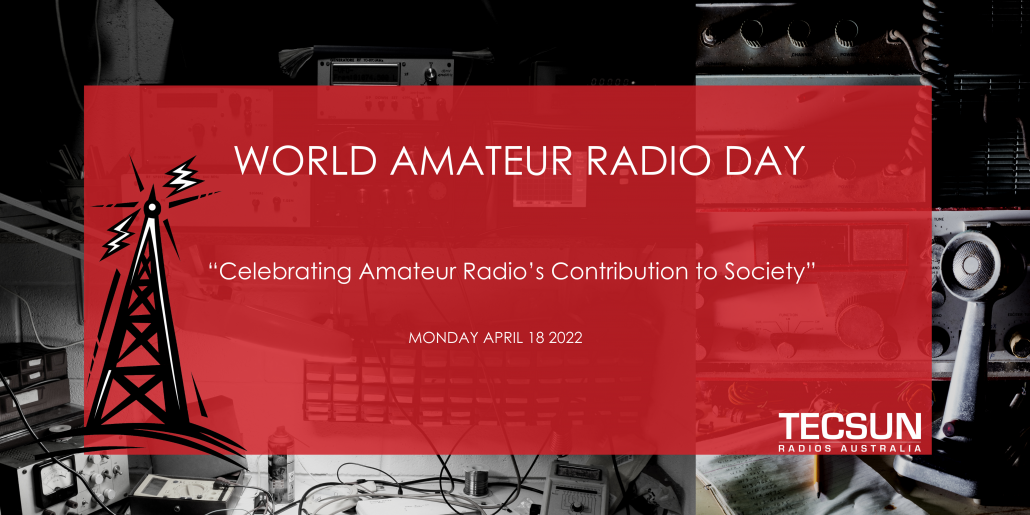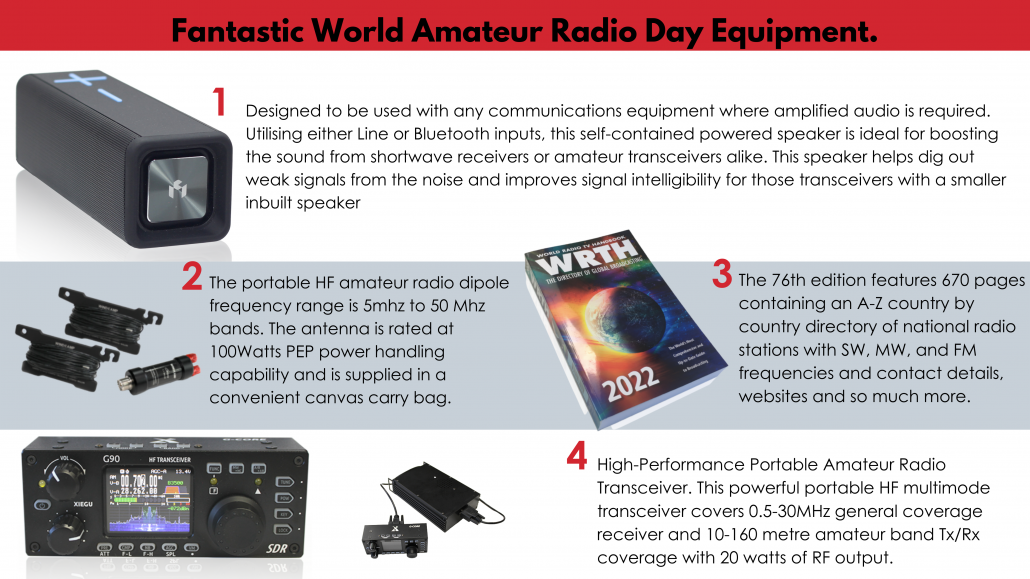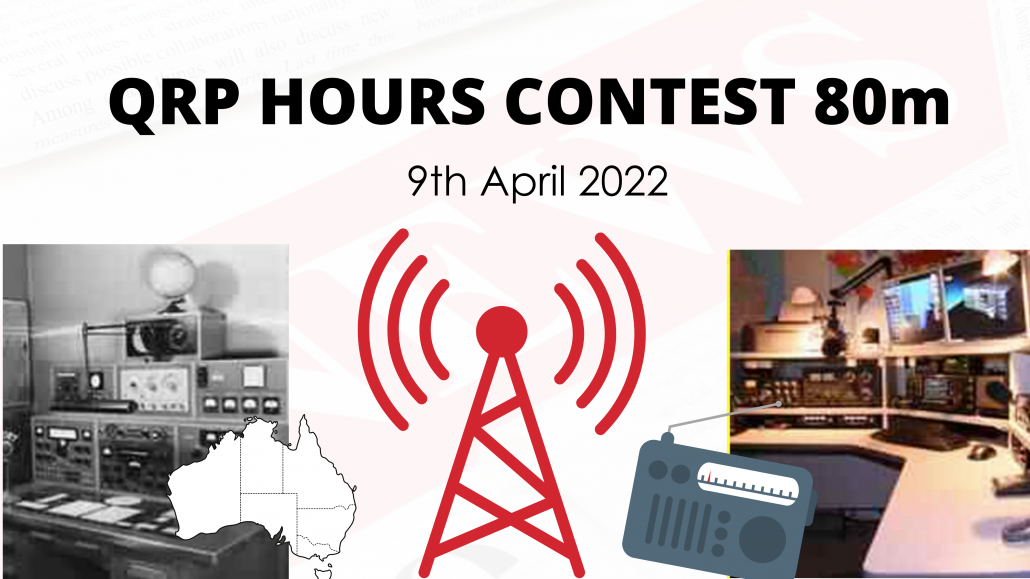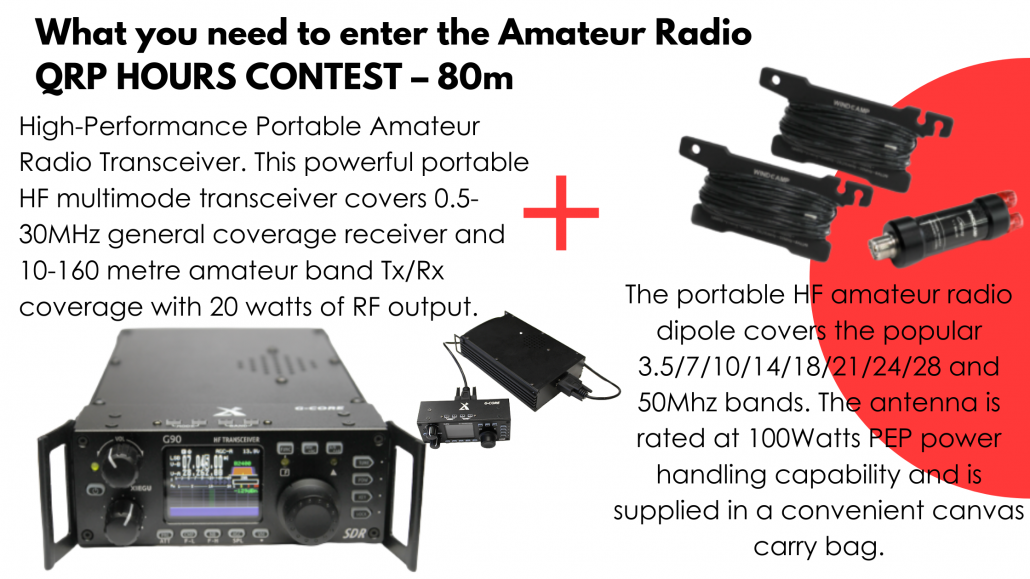 The International Amateur Radio union (IARU) was formed on this day in 1925.
The International Amateur Radio union (IARU) was formed on this day in 1925.
A celebration of how amateur radio has been serving people for over 100 years.
With over 3 million radio amateurs worldwide this day is the perfect time to tune in and connect with fellow hobbyists.
Date: Monday April 18, 2022
Time : All Day
This year’s theme is “Celebrating Amateur Radio’s Contribution to Society”
Every year on April 18, Radio Amateurs worldwide take to the airwaves in celebration of Amateur Radio.
The theme of World Amateur Radio Day (WARD) is celebrating Amateur Radio’s Contribution to Society which is incredibly relevant given the isolation and need for communication as we enter a 2nd year living with the global pandemic.
As we have mentioned previously the increase in interest in amateur radio during the pandemic was significant with many amateurs supporting each other by creating nets or on line meet ups.
The team at Tecsun radios Australia have been humbled to see a rise in interest and participation in shortwave radio.
We celebrate how shortwave began. Here is a brief history:
Amateur Radio experimenters were the first to discover that the short wave spectrum — far from being a wasteland — could support worldwide propagation. In the rush to use these shorter wavelengths, Amateur Radio was “in grave danger of being pushed aside,” the IARU’s history has noted. Amateur Radio pioneers met in Paris in 1925 and created the IARU to support Amateur Radio worldwide.
Just two years later, at the International Radiotelegraph Conference, Amateur Radio gained the allocations still recognized today — 160, 80, 40, 20, and 10 meters. Since its founding, the IARU has worked tirelessly to defend and expand the frequency allocations for Amateur Radio. Thanks to the support of enlightened administrations in every part of the globe, radio amateurs are now able to experiment and communicate in frequency bands strategically located throughout the radio spectrum. From the 25 countries that formed the IARU in 1925, the IARU has grown to include 160 member-societies in three regions. IARU Region 1 includes Europe, Africa, the Middle East, and Northern Asia. Region 2 covers the Americas, and Region 3 is comprised of Australia, New Zealand, the Pacific island nations, and most of Asia. The International Telecommunication Union (ITU) has recognized the IARU as representing the interests of Amateur Radio.
(information courtesy of Iaru.org)

- The TRA Self Powered Communications Speaker
- The TRA HF Portable Dipole antenna
- The 76th of the famous World Radio and Television Handbook
A fantastic radio to use on World amateur radio day is the Xiegu G90 transceiver.
To celebrate World Amateur Radio Day, with every G90 purchase we will include a free CE-19 expansion interface worth $80. Use the Expansion interface to connect your G-90 transceiver to a PC, data terminal, or modem for operation in digital modes.
Limited time offer only available until midnight Tuesday the 19th April.
There is a fantastic radio competition this weekend brought to you by the VKQRP CLUB.
QRP HOURS CONTEST – 80m – is on 9th April 2022

Image and information via the VKQRP CLUB: The VK QRP Club exists for those who enjoy low power amateur radio.
What is it?
the AIM of this contest is to make as many contacts as possible on the 80 metre amateur band only and only during 2 separate time intervals: 1000-1059 UTC – for CW and digital modes, and 1100-1159 UTC – for SSB and digital voice.
Who can enter? The competition is open to Both QRP Club Members and all licensed amateurs.
What gear do I need? The Xiegu G-90 is ideal for this contest because it covers the 80 metre amateur band and the power can be adjusted to the 10 watt SSB or 5 watt CW limits.
Our TRA HF Portable Dipole antenna would also be perfectly suited to this comp.

The Contest Rules
Output Power Limit: 5 watts CW/Digital, 10 watts peak on SSB. Modes: First Hour – CW/Digital Second Hour – SSB/Digital voice Frequencies: CW 3.500-3.535 MHz Digital 3.570-3.600 MHz – 3570 Dial freq suggested SSB/Digital voice 3.535-3.570 and 3.600-3.700 MHz Exchange a three-digit serial number starting at 001 and incrementing by 1 for each new contact.
Those continuing from the first hour to the second (in a new mode) can optionally continue to increment exchange numbers.
There is no need to restart from 001 in the 2nd block. Score one point per contact.
Digital: Any digital mode may be used subject to the power being limited to 5 W and the mode being allowed by the operator’s licence. Modes such as FT8, FT4, PSK31, RTTY are the most likely to be used.
Every digital contact must be initiated and controlled by the operator, no auto-sequencing is to be used.
Logging Software: 1. VKCL Logger now has an option for this contest. It outputs in Cabrillo V3 format and is compatible with the VK Log Checker. After completing the contest, navigate the menu to export the Cabrillo file as that is the only file accepted by the log checker. Details below
2. N1MM logger: go to Alan VK4SN’s website for his instructions on how to use N1MM+ with a user defined contest file, at https://www.vk4sn.com/Contests/N1MMVK and download the UDC file at https://vk4sn.com/downloads/QRPHRSRTTY-N1MM-UDC.zip 3. Another log capture option is to use Fast Log Entry (FLE) in contest mode so it will capture numbers sent and received. Read the user manual. Save log as Cabrillo. Can be used live or after the contest. You may need to edit the output file to be sure it has selected all the options you want.
You can edit with any plain text editor – not Word! ADIF output available for upload to your station log.
Logs produced via VKCL and N1MM (in Cabrillo format only) should be uploaded directly to https://www.vklogchecker.com where you will find a “log upload” option under QRP Hours contest. An automated receipt for the log will be emailed to you.
If uploading the Cabrillo file fails, please email your Cabrillo file to contests@vkqrpclub.org.
If you cannot use one of those loggers, please send your log by email as a text file, or excel spreadsheet. No PDFs please. Log deadline is 8 days after the contest.
Certificates will be awarded to the highest scorers in each Mode.


